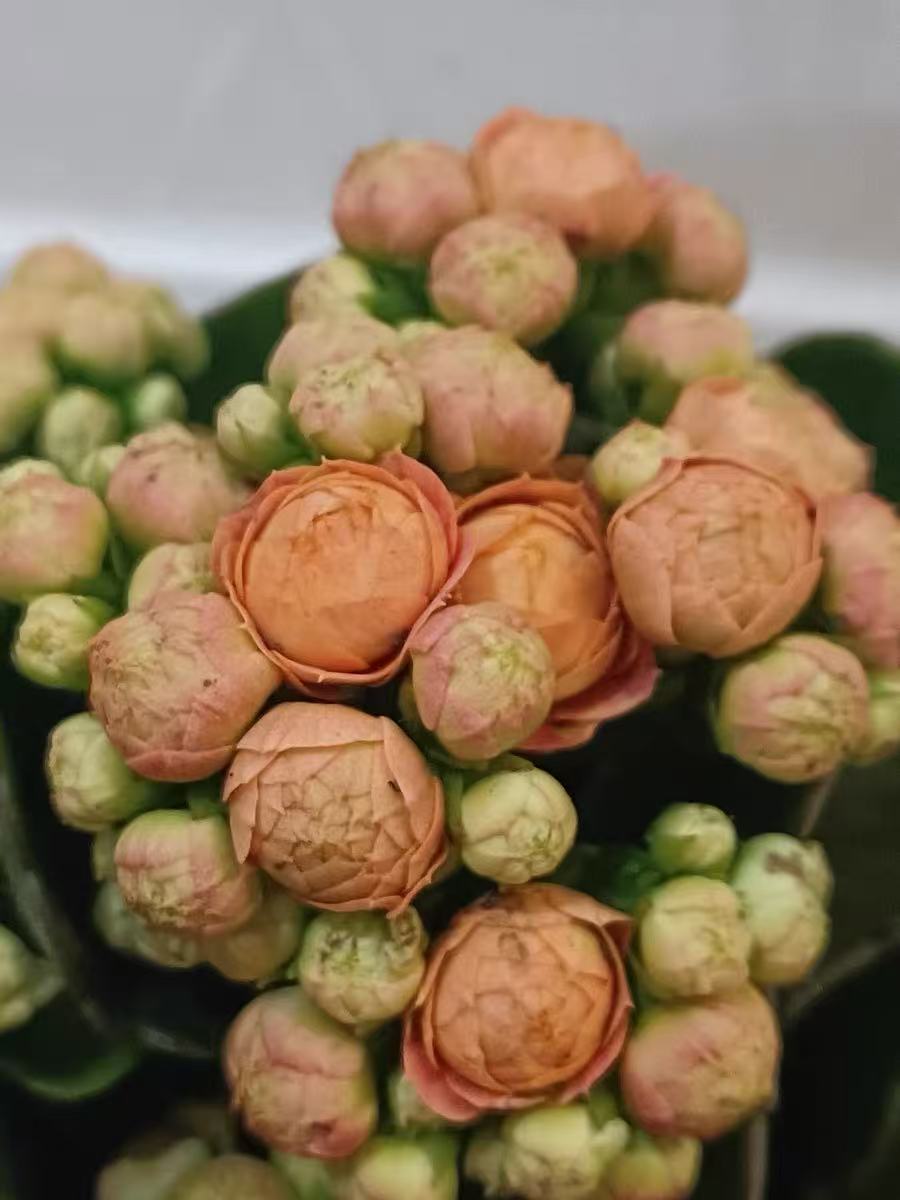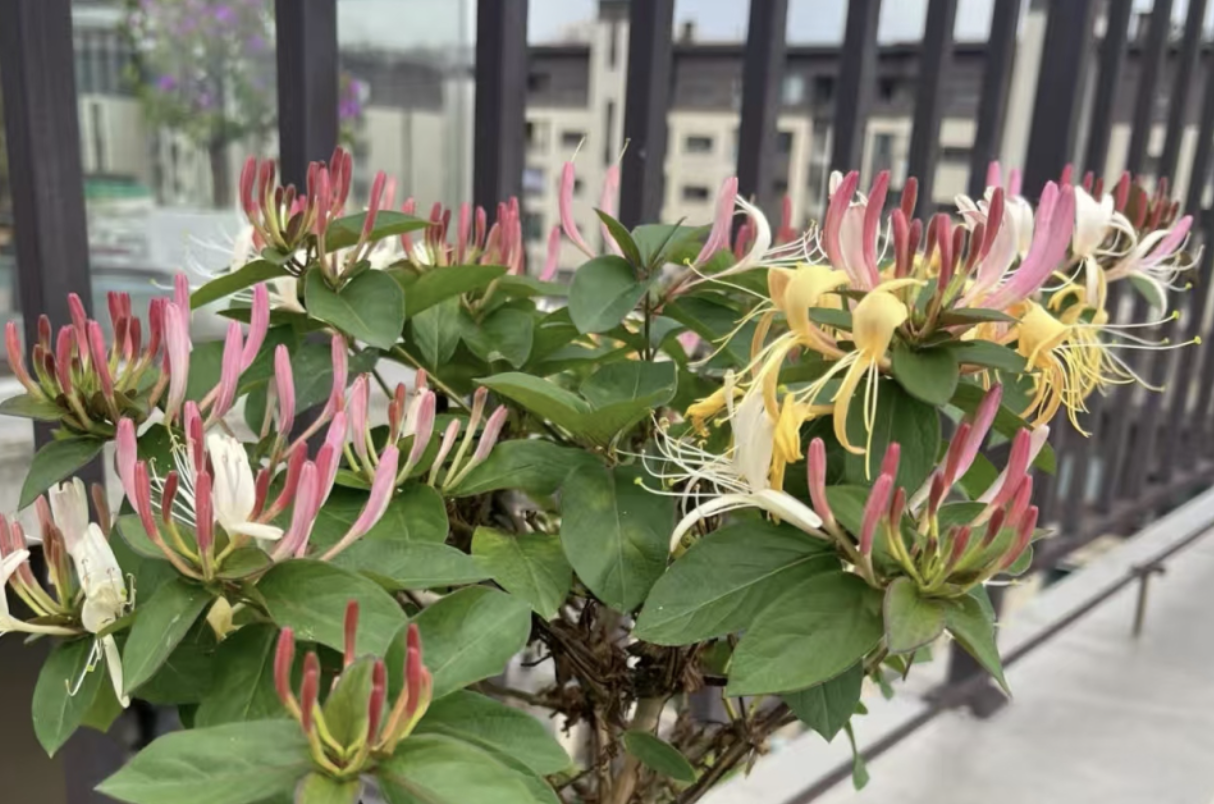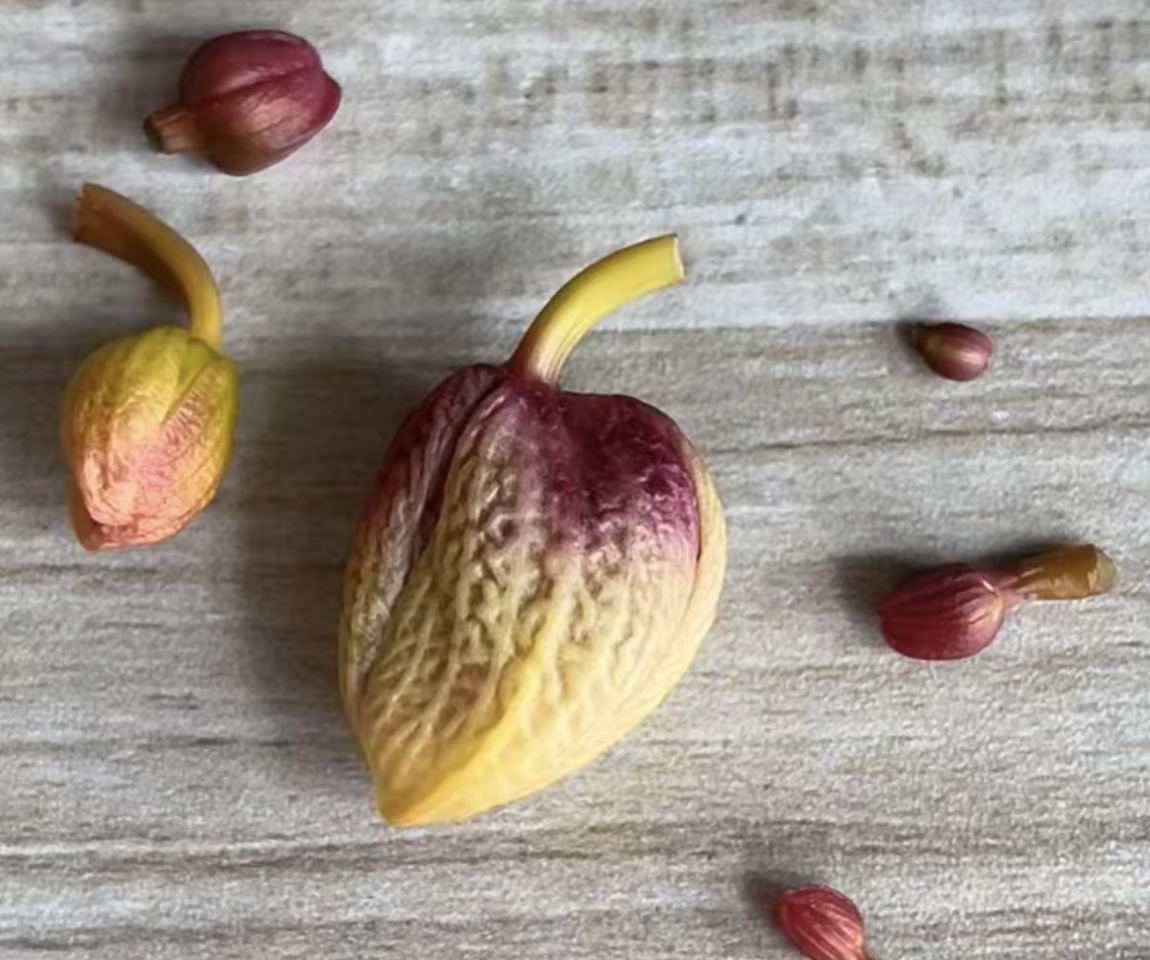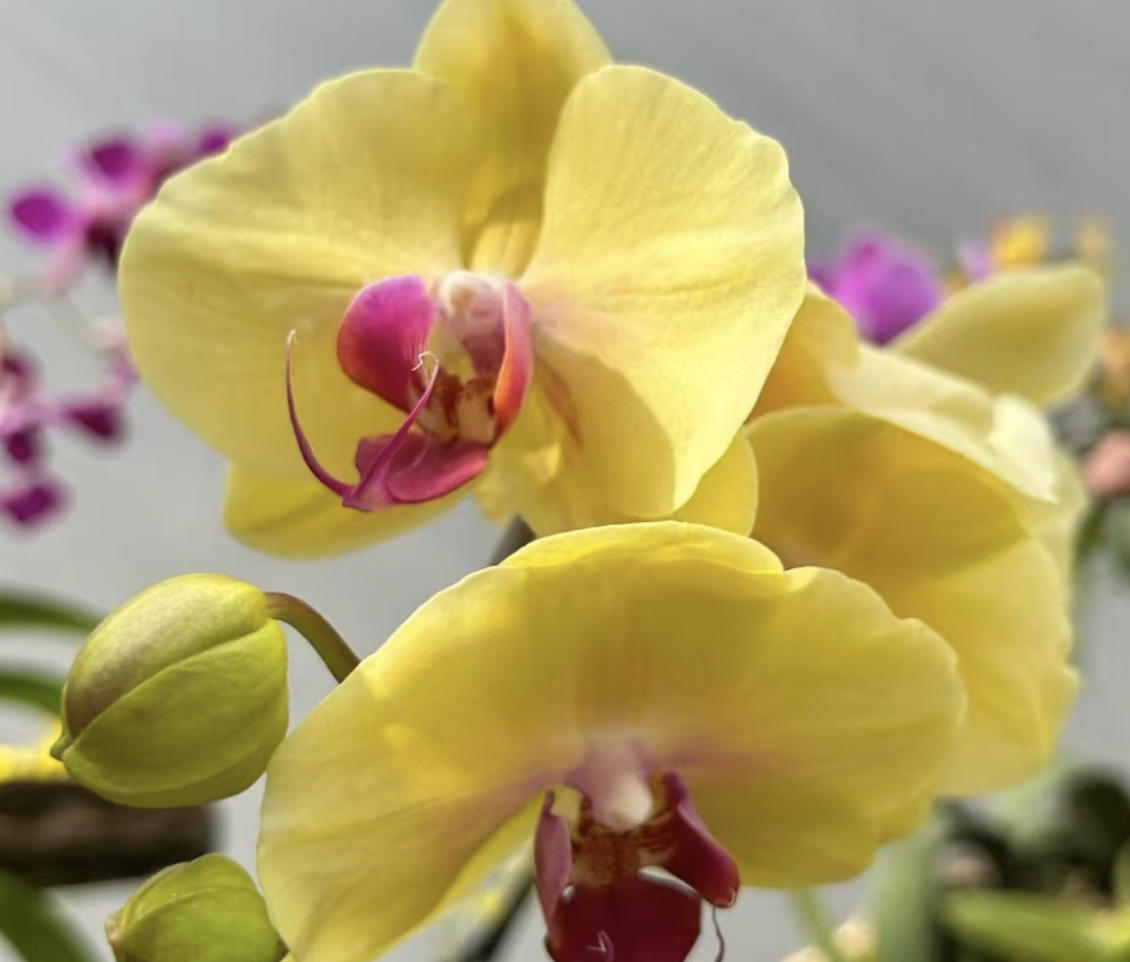On a quiet night, when everything is at peace, have you ever thought that some plants are still quietly providing fresh oxygen for our living rooms? Today, let's talk about those amazing plants that release oxygen at night and see how they become the little "air purifiers" in our rooms.
Haworthia cooperi: Haworthia cooperi, a noble among succulent plants, has won the favor of many plant enthusiasts with its crystal - clear appearance and unique metabolic method. During the day when the temperature is high, the stomata of Haworthia cooperi close to reduce water evaporation. At night, as the temperature drops, the stomata open, and it starts to absorb harmful gases such as carbon dioxide and release oxygen. This characteristic makes Haworthia cooperi an ideal choice for the bedroom. It can not only improve air quality but also provide a healthier sleeping environment for residents. When maintaining Haworthia cooperi, pay attention to keeping it in a scattered - light environment, avoid direct sunlight, and at the same time control the frequency and amount of watering to keep the roots dry and prevent the occurrence of pests and diseases.
Sansevieria trifasciata: Sansevieria trifasciata, also known as mother - in - law's tongue, is a plant that can also release oxygen at night. It can not only efficiently absorb various harmful components in the air, such as formaldehyde and sulfur dioxide, but also release a large amount of oxygen and negative ions to improve the indoor environmental quality. Especially at night, Sansevieria trifasciata can continuously absorb carbon dioxide and release oxygen, truly achieving 24 - hour air purification. Therefore, placing Sansevieria trifasciata in the bedroom can not only freshen the air but also effectively relieve insomnia and anxiety and improve sleep quality.
Kalanchoe blossfeldiana: Kalanchoe blossfeldiana, due to its unique characteristic of stomata opening at night, has become another representative plant that releases oxygen at night. At night, Kalanchoe blossfeldiana opens its stomata, absorbs indoor waste gases, and at the same time releases precious oxygen, increasing the oxygen content in the room and creating a quiet and comfortable sleeping environment. In addition, Kalanchoe blossfeldiana also has the ability to absorb harmful substances in the air such as formaldehyde and benzene, further ensuring our living safety. Placing Kalanchoe blossfeldiana in the bedroom can not only improve air quality but also bring auspicious implications and a good mood.
Crassula arborescens: Crassula arborescens, belonging to the Crassulaceae family of succulent plants, also has the ability to release oxygen at night. When it is not summer, Crassula arborescens needs sufficient light to maintain its healthy growth. At night, it conducts gas exchange of photosynthesis and respiration, releasing oxygen and absorbing carbon dioxide. This characteristic makes Crassula arborescens another preferred plant for the bedroom. At the same time, Crassula arborescens also has good ornamental value and air - purifying ability. It can adsorb dust, increase indoor humidity, and relieve the dry atmosphere.
Haworthia cooperi, Sansevieria trifasciata, Kalanchoe blossfeldiana, and Crassula arborescens are all excellent representatives of plants that release oxygen at night. They can not only beautify our living environment but also quietly improve our quality of life at night. When choosing these plants, pay attention to placing them in an appropriate amount according to the size of the indoor space and lighting conditions, and avoid overcrowding, which may lead to excessive humidity or insufficient light. Let's enjoy the gifts of nature while adding points to our health and quality of life!
What are the plants that release oxygen at night?

Share with
Tagged in :




Leave a Reply